In all likelihood, you’re already doing some type of segmentation for your marketing campaigns. You look at your customer data and identify different groups that are in your customer base. In some cases, you may separate by geographical location, particularly if you have fulfillment centers in different areas of the country.
Other than location and gender, one of the main demographic differences you will look at is age. Different age groups tend to have different tastes when it comes to certain products and services. That said, how do you plan out your marketing efforts for each age group? Having a good generational marketing strategy is essential, especially in this omnichannel social media era. Let’s find out more.
What is generational marketing
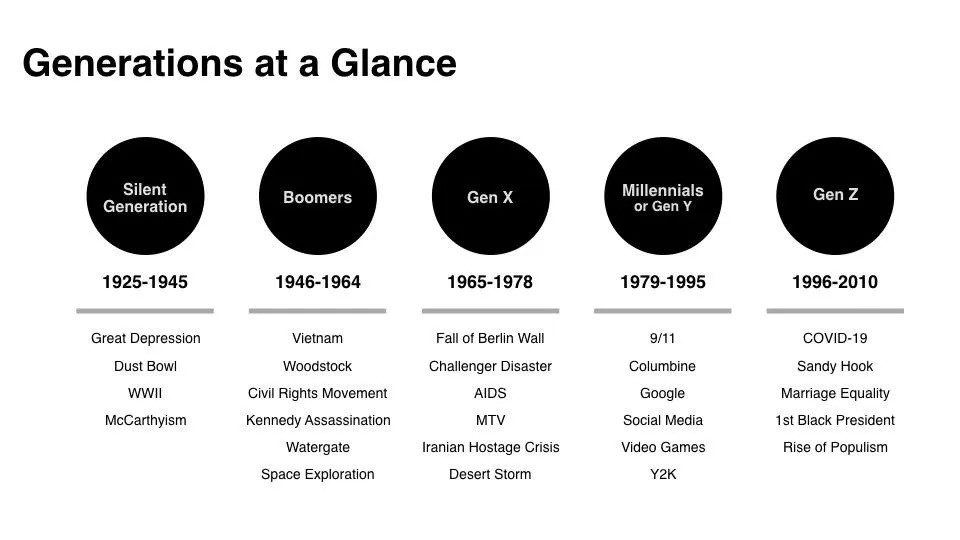
Generational marketing focuses on different age groups and addresses their needs and wants. When you design your social media marketing campaigns, it can be crucial to consider those wants and needs but also to think about where you are going to connect with the different age segments.
Different age groups not only have (in most cases) different wants and needs, but they usually also have different worldviews as different things have influenced them as they grew up. If you want high levels of social media engagement, you need to understand each segment.
Generational marketing does involve making generalizations that may not apply to every individual in that group but you are looking at mass marketing in this case. You also need to think about where to connect with these segments and how you will attract their interest. Different age groups will – generally – prefer different marketing tactics so you must get to know these.
Benefits of tailoring social media marketing to different generations
You may ask why you should tailor your social media marketing to suit each identified age group you want to connect with. Here are some of the benefits.
Increased relevance and connection
You want to connect with customers and potential customers, as most of them look for shared values to maintain relationships. Therefore, tailored marketing can be a great way to achieve that connection. A 60-year-old woman doesn’t want to see ads aimed at a 19-year-old, but she does want to see ads that are relevant to her and her lifestyle.
Improved engagement and conversion rates
When people see marketing material that is aimed at them and their peers, they are more likely to engage with it. But engagement is just the first step; you then want those people to move through your sales funnel and, ultimately, make a decision to buy your product or service. When your marketing efforts are tailored for their age group, you will likely see increased conversions from that group.
Enhanced brand loyalty and long-term relationships
You already know how important brand loyalty is and how it can lead to longer-term relationships where the customer just doesn’t buy from you, they can also act as brand ambassadors. Loyal customers have a higher CLV (customer lifetime value) but can also bring new customers to your brand through reviews and recommendations.
Marketing strategies for each generation
You can see the benefits that come with generational marketing, but how do you execute your ideas? To start, you need to analyze your data to see what age groups you can segment and what resources you can/should allocate.
Many people ask why is data governance important, and it’s a question you certainly need to know the answer to if you’re to make the most of your data. Why? Because the right data will help you create targeted marketing campaigns for each generation. But to be accurate and effective, you need to follow data governance best practices for managing data throughout its lifecycle, from ensuring it’s high-quality and visible to maintaining security and compliance.
So with that in mind, let’s dive into ways you can leverage data to bridge the generational gap.
Baby Boomers
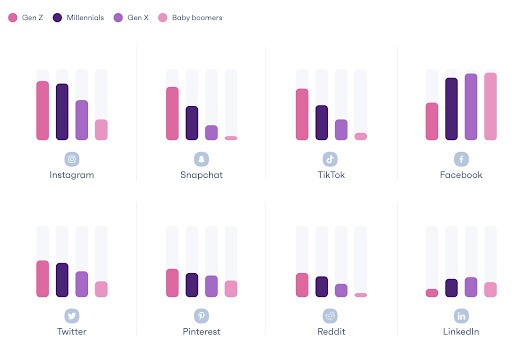
They may be seen as the older generation but that doesn’t mean they’re out of touch. In fact, with many of them having more leisure time, the time they spent on social media increased by 68% in 2023 to around 90 minutes per day. So, you know they use social media but the next step is to identify their preferred platforms.
Baby boomers favor Facebook above other platforms but they also tend to like YouTube. In fact, Google research shows that baby boomers are 1.3x more likely to watch a YouTube tutorial than read instructions while 1 in 3 boomers use the platform to learn about a product or service.
You should also think about their spending power; boomers often have disposable income you won’t see in other age groups, if Bank of America’s data is anything to go by. This makes them a good target although many brands focus their efforts on younger generations.
When it comes to marketing strategies, you need to remember that boomers are ‘seasoned campaigners’, so they want to see something substantial and informative. Looking at the above research though, we also know they value their time.
Target them with content that’s informative yet engaging. Think visually appealing images and videos on Pinterest. These might be inspiring photos related to luxury services or simply entertaining content like memes – bonus points for content that makes them relive “the good old days”.
‘How to’ videos and bite-sized tutorials on Facebook and YouTube can also go a long way. Make use of built-in analytical tools to target this demographic. Consider ideas for turning longer blog posts or even product brochures into explainer videos posted natively on each platform. Avoid slang terms and above all, make sure the content is useful.
Generation X
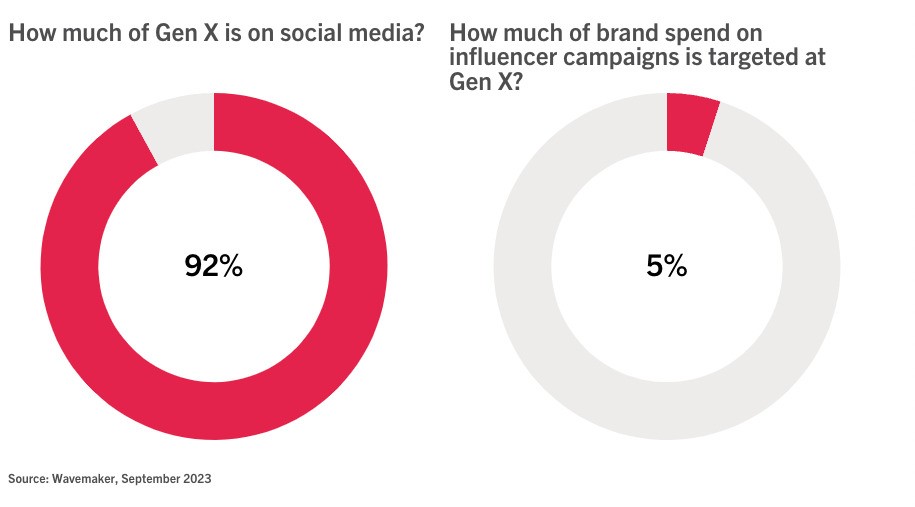
Generation X is becoming an increasingly prevalent user-base on social media, yet brands tend to spend less on marketing for this group, according to research from media agency Wavemaker. Let’s consider a few statistics:
- Gen X is set to be the most affluent generation of all time
- 92% of Gen X uses social media daily
- Almost one-third of TikTok’s user base is Gen X
- Only 13% of Gen X feel represented in social media advertising
So what does all of this mean? Gen X represents a golden opportunity in the world of social media marketing. If you can successfully understand this target market’s needs and tailor content to them with that in mind, your brand and messaging could really stand out.
If you are going to target Gen X with your generational marketing tactics, then one thing to note is that they often listen to recommendations from friends or family . They’re also attentive to reviews, particularly when it comes to beauty products, with research showing 50% of Gen X consumers are likely to read a review before buying a product. This could be a good area for you to utilize brand ambassadors you already have or to incorporate independent reviews in your content.
Another tactic you should be utilizing is loyalty programs. Offering incentives such as discounted products and other rewards is something that can really appeal to this segment. You might consider implementing a referral system or loyalty program that offers customers points for sharing your products or services on social media or simply liking your page on relevant platforms.
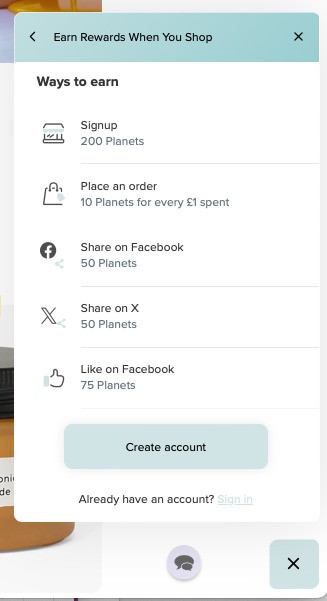
For example, if you’re running a giveaway on your website, you might offer people an extra entry if they share the giveaway on Facebook or Instagram. Or why not encourage users to share video reviews of your products? You can offer loyalty points in exchange for testimonials shared on TikTok or YouTube.
Millennials
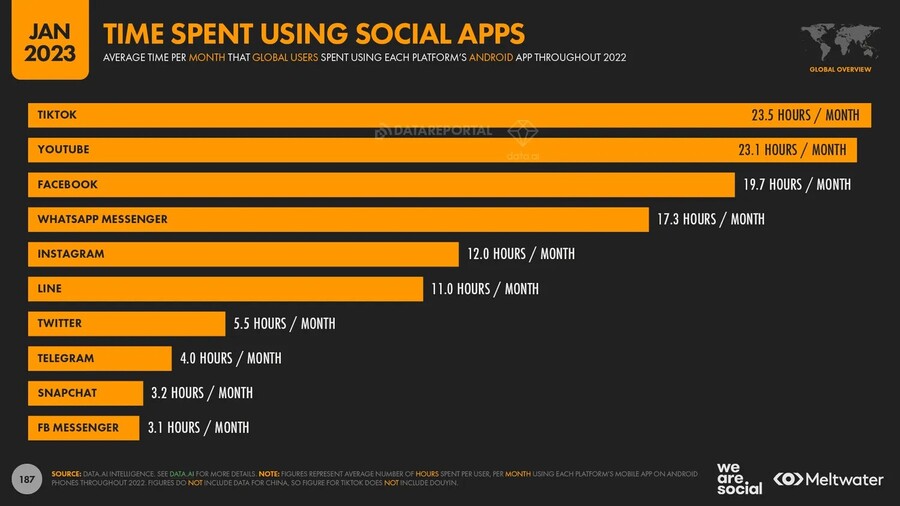
The first thing to understand about millennials is that they have grown up with technology and seen it develop into what we have today. That means they can be more tech-savvy than either Baby Boomers or Gen X. And as you can see from the graph above, their social media use can be pretty widespread, which means an omnichannel approach will be useful for this segment.
They also tend to place a lot of faith in shared values. Mintel research on millennial buying trends shows that 66% of millennials prioritize ethics when shopping with a brand or retailer, while 57% of Latino Millennials feel guilty about unsustainable shopping habits. What’s more, 40% of Asian Millennial Americans want to see more diversity in brand advertising.
So this should be noted if you have strong brand values or a robust CSR (corporate social responsibility) policy. That can also mean they value honesty and authenticity and, when they find a brand that aligns closely with their own views of life and the world, they are more likely to show loyalty.
As they place a lot of stock in authenticity, you could consider using a lot of UGC (user-generated content) in your marketing content. Due to the high levels of use of TikTok and YouTube, this can be a good segment to target with homemade videos and you may find that they will contribute their own content too.
Generation Z
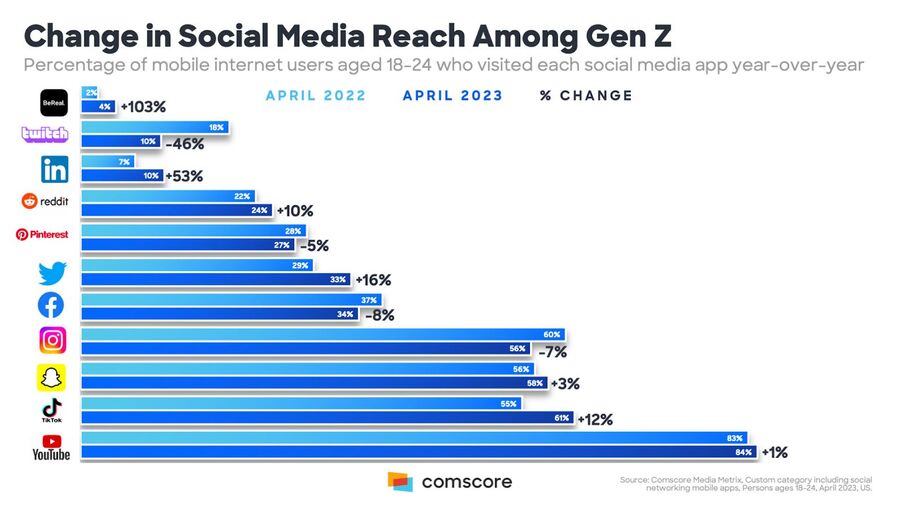
While many brands may perceive Gen Z as not having high levels of disposable income, the reality is that they are quite financially astute. In fact, a Bloomberg report shows they boast a collective $360 billion in disposable income. But rather than splurging, they’re very deliberate about how they spend.
These “digital natives” also tend to be more tech-savvy than any of the other groups, which means they’re able to carefully research and select products online. But more and more of this research is being done on social media.
Around half of Gen Zers think social platforms are better for finding new products than online searches while 80% of them are influenced by social media during their shopping journey – particularly Instagram, YouTube, and Snapchat. So it’s safe to say Gen Z is influenced by online recommendations, reviews, and influencer content.
Surprisingly though, they tend not to be attracted by loyalty programs. Why? Because Gen Z consumers shop intentionally – they prioritize quality over price and would prefer to only buy products when they need them. So try not to make discounts your main focus when marketing to them.
Like the generation that preceded them, they often have strong values and awareness of social causes with many wanting to shop with brands that support mental health, fair trade, LGBTQ+ rights, and the environment. So this could be a good angle when approaching them if your values are genuine and not gimmicks.
This is a generation that loves visual marketing – it’s one of the main reasons they prefer social searches. So look to connect with them with videos on YouTube or TikTok, or videos and images on Instagram and Snapchat. Keep video content short, engaging, and informative, thought. Research shows Gen Zers have a 1.3-second attention span, making them the most likely generation to skip to the next post when content falls short of their expectations.
How to gather and leverage demographic data for social media
Use platform analytics tools for insights
Using the provided analytics tools on social media platforms can help you determine what content is working with the different age groups. Use A/B testing so you can see what components of your content appeal most to the different segments.
To do this, you simply split your audience into two random groups and show them slight variations of the same ad. Make sure you only make small tweaks to just one element of the ad so you can more clearly see which aspect is more effective. View each ad’s metrics to gauge your audience’s reaction, then make any further changes and run additional tests as needed.
After conducting A/B tests for several types of content, you’ll begin to get a clearer picture as to what works for your context and audience. So you can then fine tune any general ideas into more specific campaigns that you know will resonate with your demographic.
Engage the audience through surveys and polls
People can be the best experts on what they like and want. Adding polls and surveys to your social media platforms can determine exactly what they like and what sort of content they want to see from you in the future.
Monitor engagement metrics on posts
How well do your posts perform? If a post on one of your platforms doesn’t gain traction, then you’re doing something wrong. However, when a post gets significant likes and shares, or when people actually engage by commenting, then you’re on the right track.
Employ social listening for insights
It’s not always about what you post, but what people are saying about your brand and product across social media, both good and bad. You can use tools that will alert you to any mention of your organization, and by seeing what people say about you, you can be better informed when it comes to marketing to those groups.
Collaborate with relevant influencers for data
You may already be using influencers in some aspects of marketing. But are you getting data and feedback from them? They can be a great way of tapping into the psyche of the different age groups so that you know what the current trends and tastes are.
Key takeaways
There is no one-size-fits-all strategy when it comes to generational marketing. If your brand wants to appeal to the different segments, then it needs to demonstrate an understanding of each segment and identify the best tactics when it comes to connecting and engaging with them.
Of course, you also need to consider budget allocation. By analyzing your data, you can see what percentage of revenue each age group contributes, but you may also decide to target a group that has not converted well in the past. Each brand has to consider its priorities and see how well it can engage with the various age-based demographic groups.




